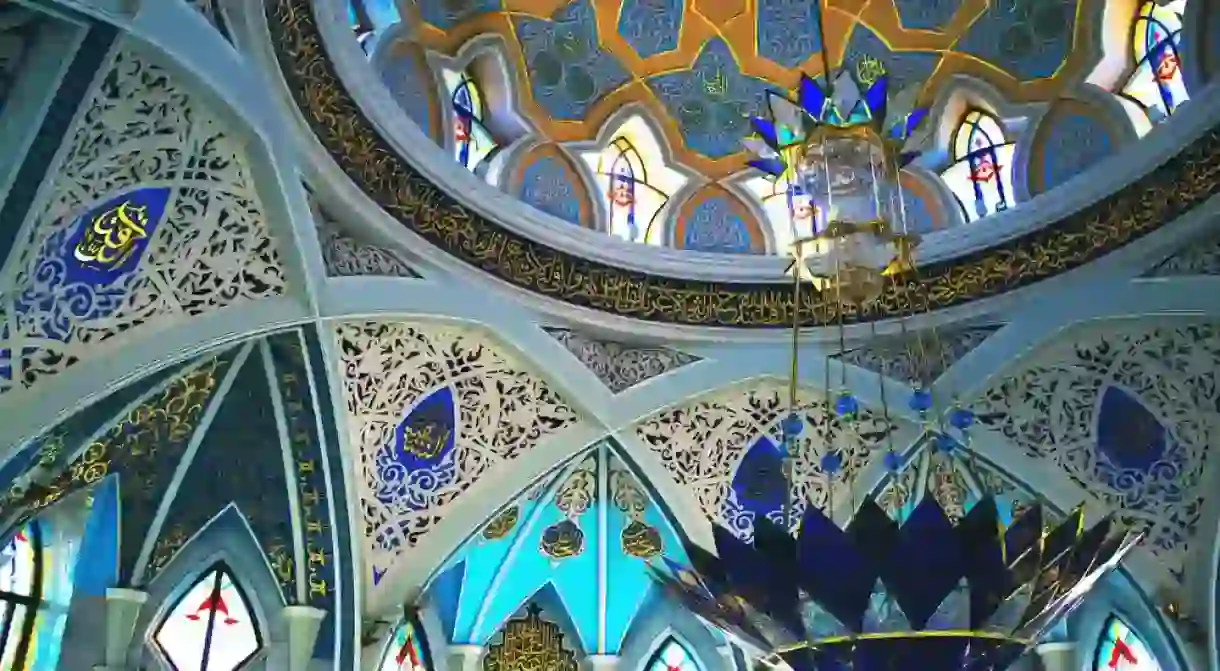An Introduction to Russia's Tatar People

Although Tatar people are indigenous to many parts of Eastern Europe and Central Asia, the most prominent group of Tatars in Russia are the Kazan Tatars of Tatarstan, a region still fiercely proud of its ancient culture. Here’s everything you need to know about them.
The Kazan Tatars are one of Russia‘s most visible ethnic minorities and indigenous people, who go to great lengths to retain and celebrate their ancient culture in modern times. Their origins lie in the powerful Tatar-Mongol khanates of the Middle Ages, and they continue to maintain Tatarstan’s reputation as a vibrant cultural region, where Eastern and Western cultures collide.

Homeland
The Tatars mainly inhabit country along the Volga River in central European Russia. The Volga-side region of Tatarstan is Russia’s heartland of Tatar culture, which is still proudly practised and preserved. Kazan Tatars make up about half the population of Tatarstan in modern times. There are still many ancient Tatar relics in Tatarstan today, scattered across the republic and in Kazan as well. Kazan’s Kremlin is World Heritage-listed by UNESCO due to the fact that it is the last remaining Tatar fortress and dates back to the 16th century when Tatarstan fell to the Russian Empire. And as Islamic people, the region has many majestic mosques scattered through it, including Kazan’s Kul-Sharif.

History
The ancestors of the Kazan Tatars are the people of the Tatar-Mongol khanates that once ruled across parts of central Asia, Russia and eastern Europe. In the 13th century, the mighty Mongol conqueror, Genghis Khan, pulled in many of the region’s Turkic nomads into this army. This was the beginning of Tatar culture and people, who were then aligned with the Golden Horde, the successor khanate. Native to Crimea, the Crimean Tatars are the other major group of ethnic Tatars. However, they didn’t fare well during Soviet times and were the victims of one of Stalin’s mass forced deportation schemes and were forced to live in exile until the Soviet Union dissolved. It is now estimated that around 250,000 Crimean Tatars live in the region.

Culture
While in their khanates, the Tatars developed a complex, stratified social structure headed by the khan, with nobility, military and classes of commoners underneath the ruler. The Tatars were able to preserve this structure up until the Russian Revolution and the formation of the Soviet State. Tatars are also traditionally nomadic, which has influenced their cuisine. Horse meat is a staple in Tatar dishes, and they are also known for their hearty baked goods and pies, which sustained them on their long journeys. But perhaps the most iconic dish is the national dessert of Tatarstan, chak-chak, a honeyed mound of fried flatbread. Also, great lengths are being taken to preserve the Tatar language, which was compulsory in Tatarstan schools until recently.














